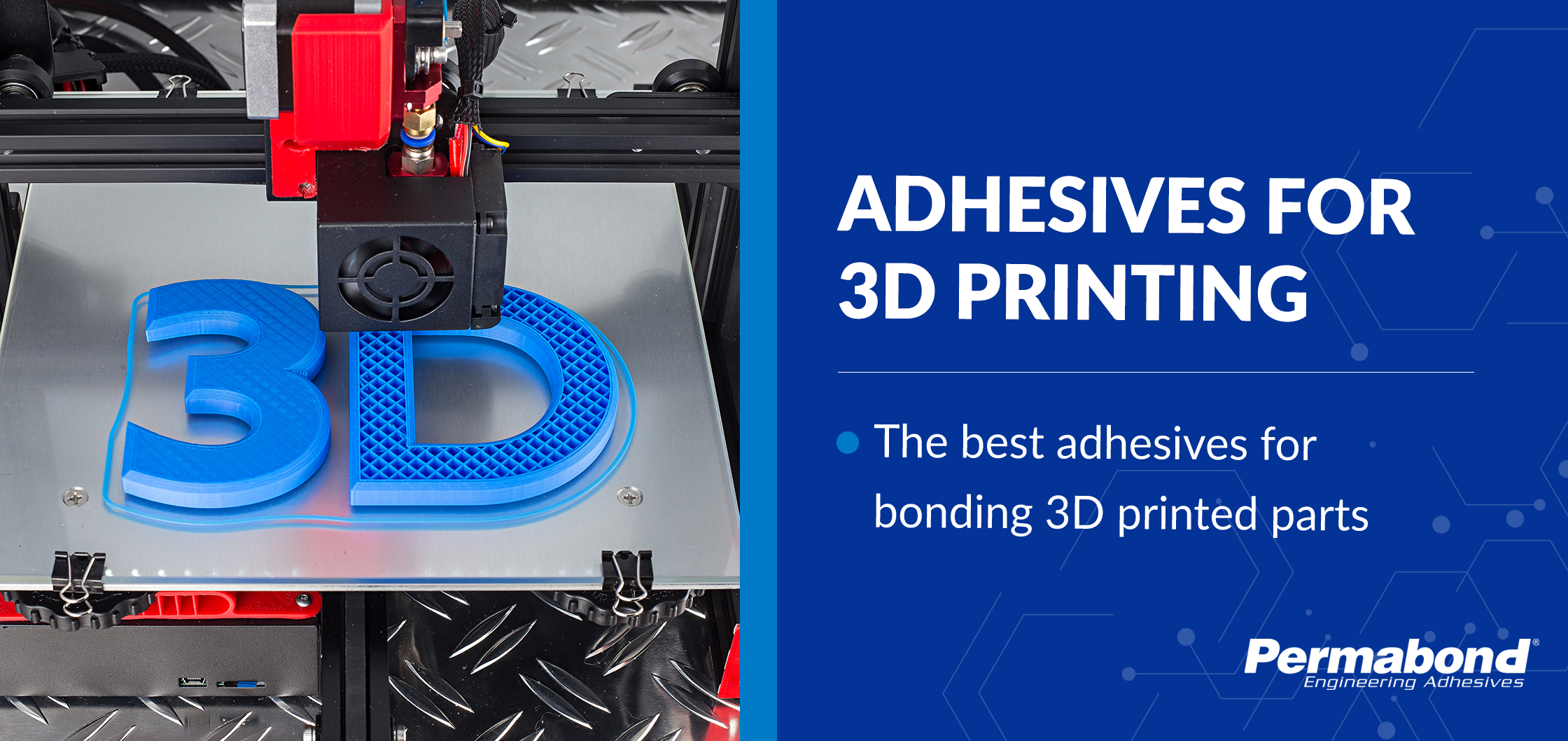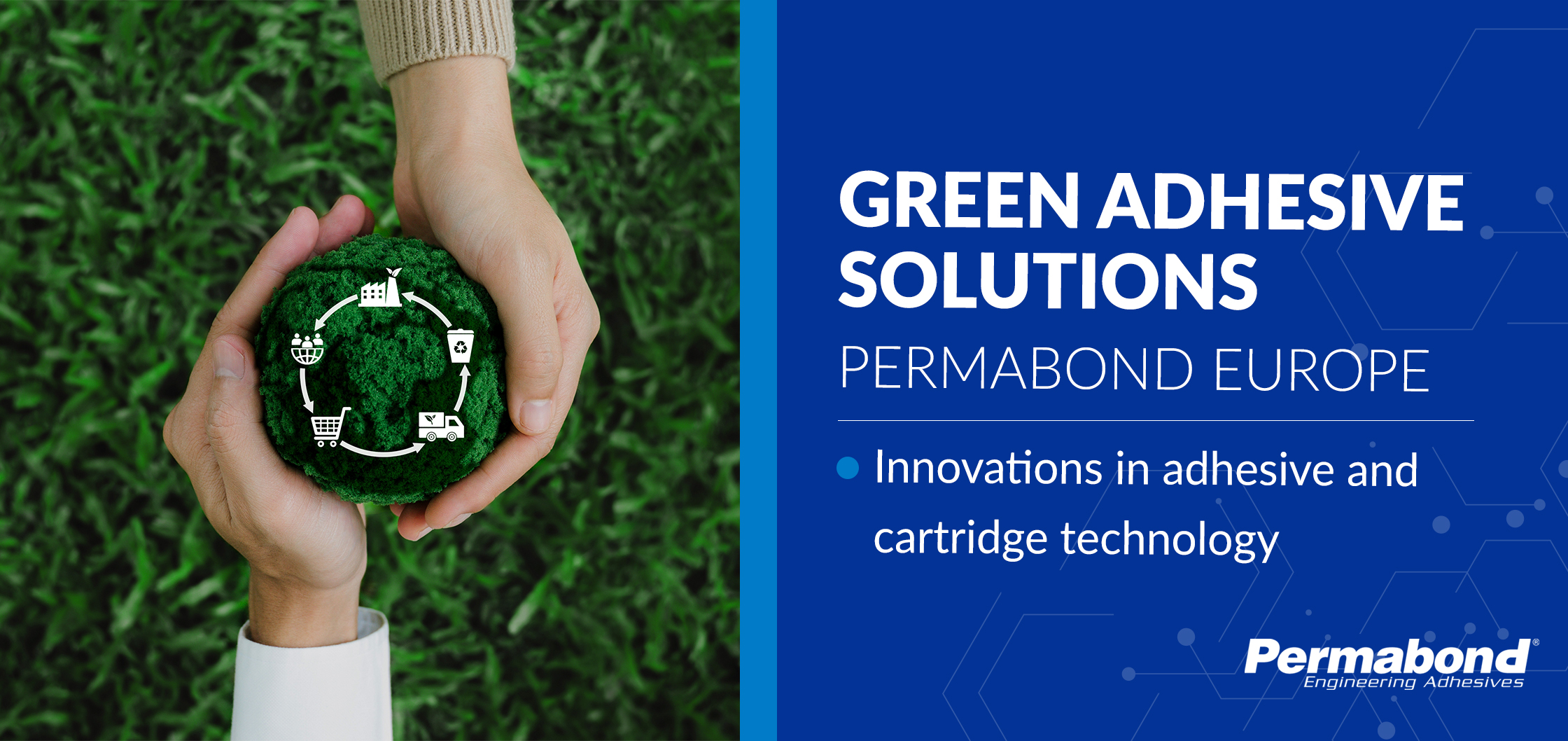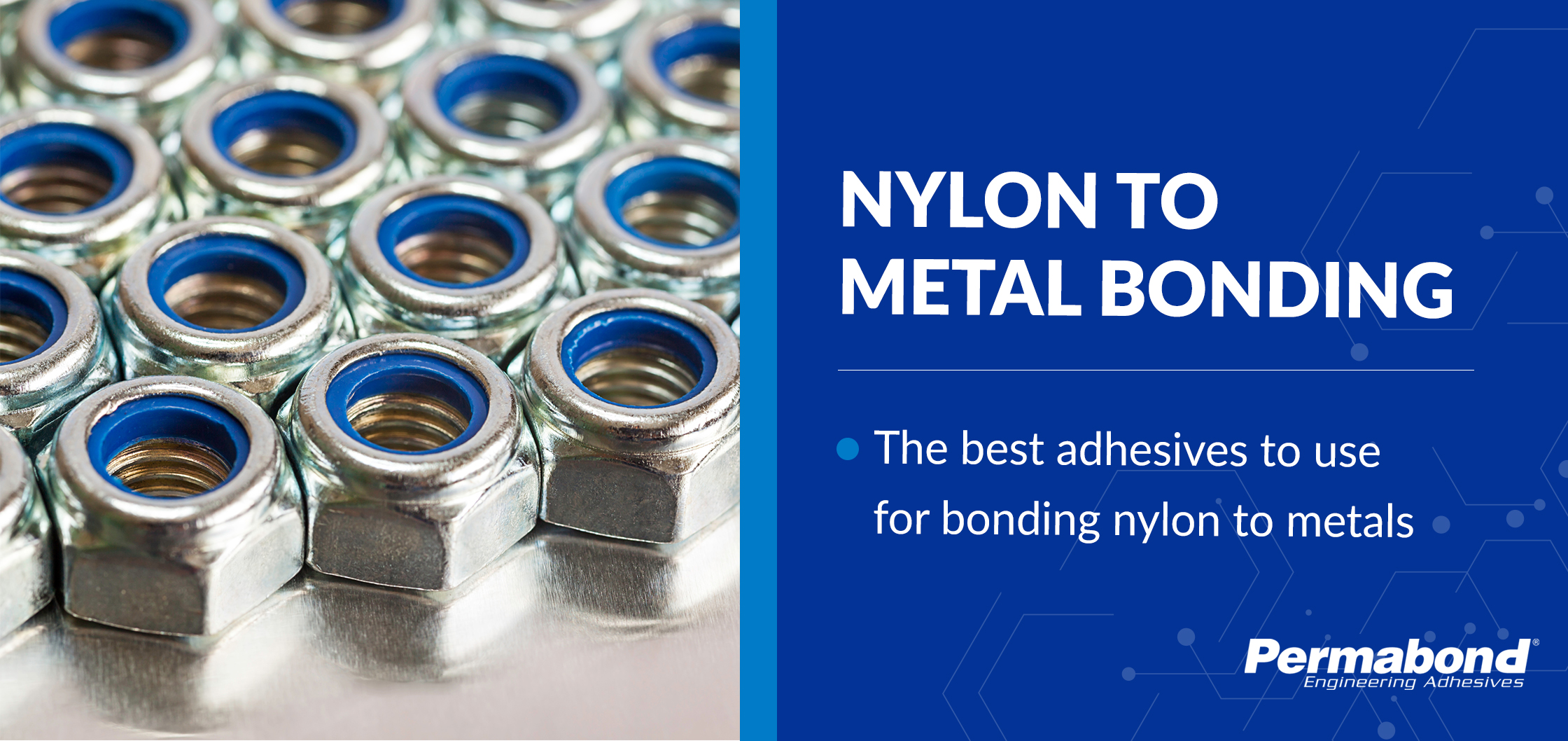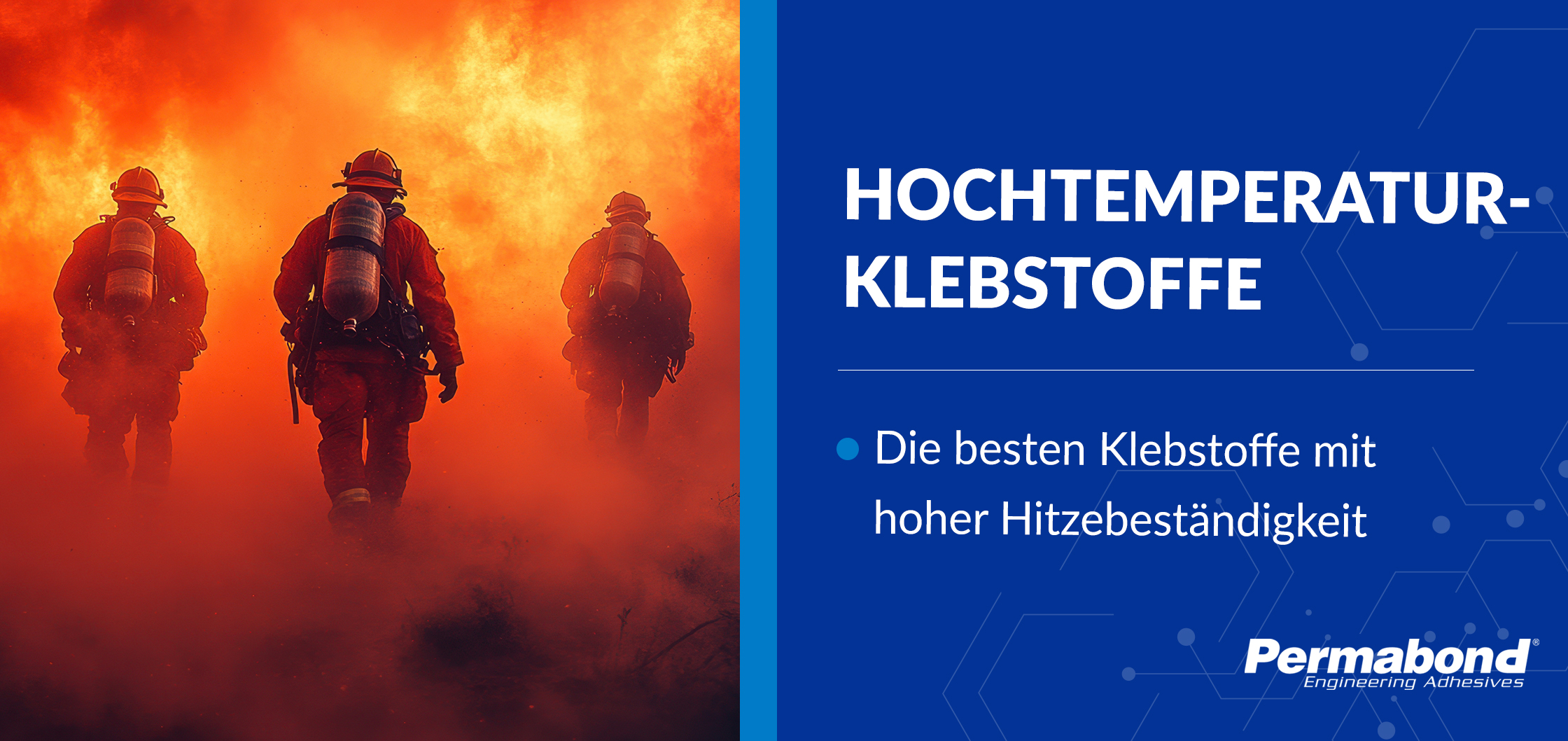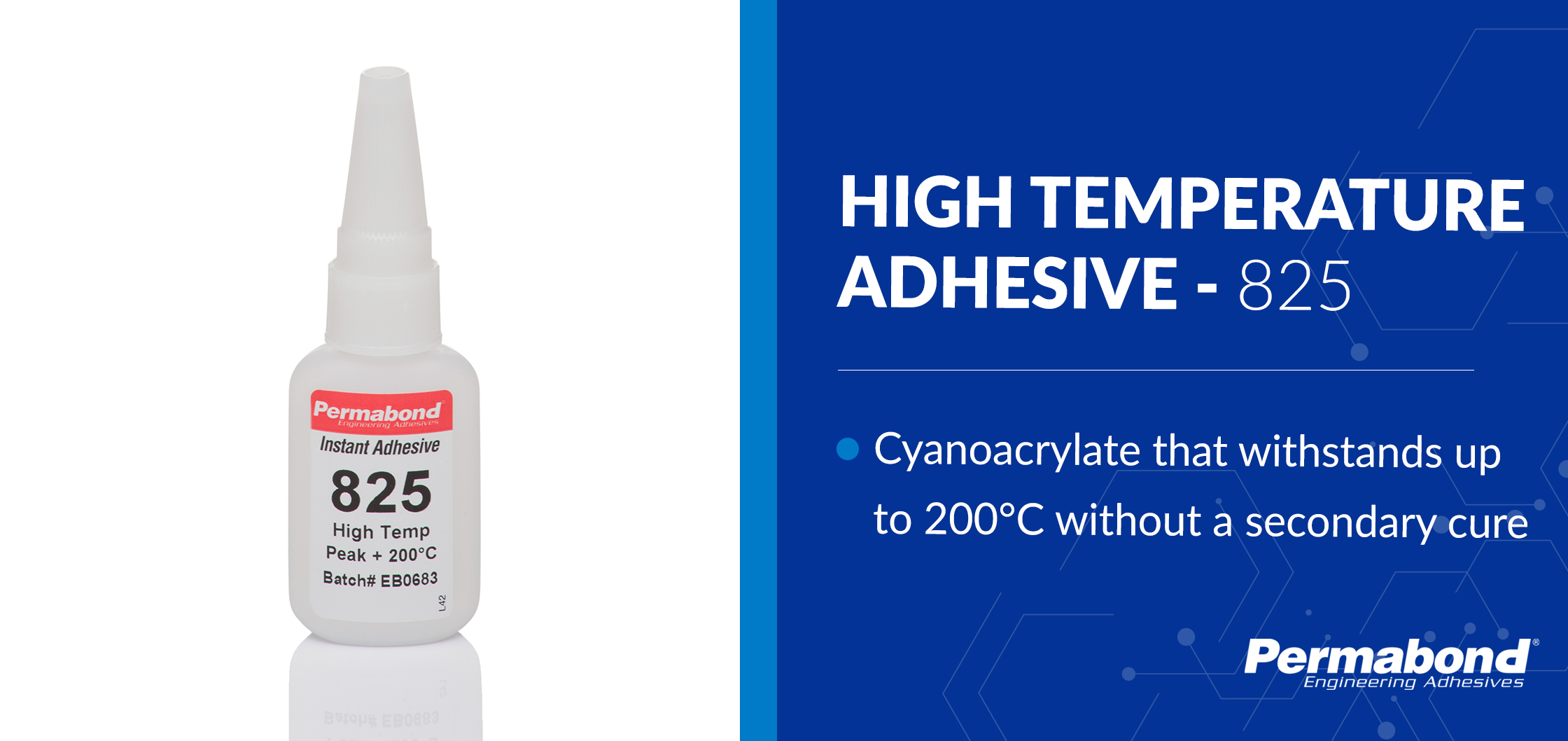Maximum Gap Fill
Maximum Gap Fill of the adhesive is often stated on the technical data sheet, but what does it mean? The Maximum Gap Fill of an adhesive may be related to:
- Cure depth
- Bond strength
- Viscosity
- Or a combination of the three
Cure Depth
Some adhesives require activation by either moisture, activator, or in the case of anaerobic adhesives – the activator is the metal surface itself. With these adhesive technologies, the maximum gap fill refers to the distance or depth that the adhesive will cure through if the activator is on one surface. However, for additional cure depth or gap fill, activate both surfaces.
Maximum Gap Fill for Optimum Bond Strength vs Maximum Gap Fill for Potting
One might question why a two component adhesive has a maximum gap fill listed because any amount of adhesive can be mixed and will set (although it is important to note how much material may be safely mixed without creating too much heat). In these cases, the maximum gap fill is referenced to ensure good shear strength. Surpassing the recommended maximum gap fill may reduce the shear strength of the bond. The shear strength of a bond with an excessive gap is dependent upon the tensile strength of the adhesive as well as the adhesive strength to the substrates bonded.
For UV and Visible Light Cure Adhesives the maximum gap fill for maximum shear strength may be listed. But the actual maximum gap fill capabilities depend upon the adhesive formulation, as well as the intensity and wavelength of the light. Low intensity UV light will allow a large cure depth. For example, a 5 gallon pail of some UV adhesives will cure through to the bottom of the pail if left in the sun for a day or two. Very high intensity light will cure through a much shorter distance (generally less than an inch).
Single component moisture cure adhesives like Permabond MS Polymers may list cure in mm/ hours. In other words the adhesive will cure 5mm deep every 24 hours. Depending on the joint design the adhesive can reach a point in which the cured adhesive cuts off the supply of moisture. And thus shuts off the cure mechanism.
Viscosity
Often adhesive specialists will use the term gap fill to refer to how tall the adhesive will stand up. In other words, what viscosity will prevent it from running out of the joint? A very thin adhesive will flow out of a large gap. But a higher viscosity adhesive with the appropriate rheology will stay in place.
Contact an adhesive specialist to determine the appropriate maximum gap of your application Technical Support Request
Kontaktieren Sie uns
Produkte
Technischer Beratungsdienst

Permabond hilft Ihnen, den richtigen Klebstoff für Ihre Anwendung auszuwählen.
Regionale Vertriebshändler

Produkte von Permabond sind über Vertriebshändler in allen Teilen der Welt zu beziehen. Hier können Sie unsere Vertriebshändler finden.




